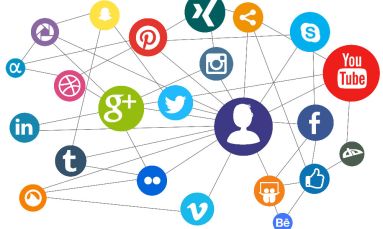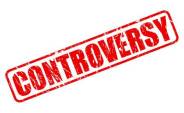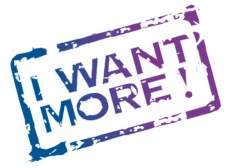When I booked Black Hat about 5 months ago, I was dreaming of the hot weather, great food, lovely hotels, meeting my clients and, of course, looking for interesting new ones. As the weeks grew nearer I was getting more and more excited, especially as both my daughters asked if they could come with us. The youngest just turned 21 which meant party time for them, but in exchange they had to promise they’d do some work for us and help carry out surveys on our clients’ booths.
As I got off the plane and was hit with 110 degree Fahrenheit heat (that’s 40C for all those below the age of 30), I saw a lot of men dressed in black hoodies, some with kilts on, others with skirts, I remembered what I had let myself in for – a hackers convention during August in Vegas.
Now in the whole week I was there, I didn’t see any nature, not a bird in the sky, a real tree, not the lovely sound a of wasp or bumble bee buzz pass me. Oh boy did I miss the rain, the green of the countryside, the fresh suburban air and normality. There was incessant noise all week! It was relentless – even sitting by the pool I had to endure crazy people lathering up, with a huge oversized cocktails in their hands, getting pissed at 10am and screaming at the top of their voices overshadowed by huge billboards advertising massive portions of food. The weird temperature changes didn’t help me either, especially being a menopausal women, walking around air-conditioned rooms then outside into boiling hot unbearable blasts of heat, back into into freezing cold Ubers and then back into freezing cold foyers.
It’s exhausting, demanding and very hard work! The upside was I had lots of amazing meetings with a number of my clients which were hugely valuable – there is definitely nothing like meeting people face to face, brainstorming, learning what’s happening and getting up to speed over a lovely breakfast, lunch or dinner and a tumbler of G&T which, if you know me, I’m very partial to after 6pm.
Then there were all the prospective client meetings I had – which would never have happened if I hadn’t actually been at Black Hat. It’s now near on impossible to try and phone prospective clients up or even have an email responded to these days. There’s nothing like doing your homework before you go to a trade show and approach the clients who you really want to work with. I definitely came away with some fantastic leads for not only doing PR in the UK but in the US too and, as Eskenzi does far more than just PR, it was a perfect opportunity to let people know about our IT Security Analyst & CISO Forum, the Security Serous Unsung Heroes Awards, our Hacker Tales short story book and, of course, the European Cybersecurity Bloggers Awards that we now run with Brian Honan.
I also got a feel of how the industry is fairing up, which booths had great giveaways and what the general vibe is on the street. It’s reassuring to talk to people, not only the vendors but the visitors. Mostly people are very optimistic, there was a great atmosphere, the cybersecurity industry is buzzing, VC is flourishing, jobs are plentiful, business is good and the money is still flowing freely. Business was being done and one of my clients actually got in excess of 2000 leads.
We were also lucky to attend multiple parties. The best by far was the Rapid7 and Mimecast party, which must have had over 5000 people bumping and grinding in the Caesar’s Palace 5 roomed nightclub will all the drinks on the house – it was crazy and so much fun. My girls passed on that one, too many sweaty men they said – I think they regretted it when we got back!
All in all, if you can ignore the very strange people who frequent Vegas, the over-indulgent side of it and the fact that you’re kind of forced to be in a huge adult playground day and night, then it’s brilliant! I have to admit it was a great business trip and well worth the long -haul flight, even with the jet-lag! We picked up some great new work from our current clients, have some new clients on the horizon and most importantly met up with so many old friends that we would never have met and had fun with if it wasn’t for Black Hat.




































